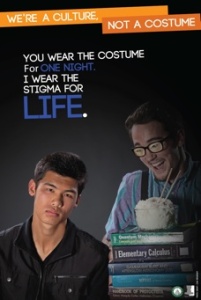You all really sent your blogs out with a bang this week. Choosing POWs was an almost impossible task. Matt and Austin helpfully provided us with examples to enhance the Jenkins reading and Madeline and Trevor helped us think more carefully about how online donations work through Facebook and GoFundMe.
Finally, though, I decided to award this week’s POW to two writers who demonstrated how online activism connects to their passions. In his post, “One Fish, Two Fish, Red Fish, Dead Fish,” (let’s be honest, the title is great too!) Sam explores the history of activism that has halted a mine project at Bristol Bay. As Sam explains, spreadable digital technologies made this activism possible:
Before the internet, there is a strong possibility that this mine would have been built, since it would be located in a far off location that few Americans would be aware that it existed. With the internet, word spread and people became aware and they decided they didn’t want a large mine threatening wild waters with toxins and pollutants. This was all done through people sharing videos, stories and information of the bay, and having people donate and sign petitions.
This is a great example of the potential benefits–even for relatively small causes–of online activism and spreadability.
Our other POW is Carrie’s post, Why Wolves? In part, I feel like we have to celebrate Carrie’s blog project. Who would have imagined someone could write about wolves for 9 weeks in a digital writing course?! But Carrie’s post also reminds us that digital activism isn’t the only kind of activism–even though it’s what we see most often. Mission:Wolf, the group Carrie describes, travels the country talking about wolves. Certainly, they’re aided by their web presence, but face-to-face contact is important to their mission. It’s easy in our digital age to think we can accomplish everything online, but Carrie’s post is a nice reminder that sometimes we have to go out and do good work IRL.
It’s been a pleasure to read your blogs this quarter. I’ve learned so much from all of you, and I’m grateful for your good humor, your critical thinking, and your willingness to share your ideas.





